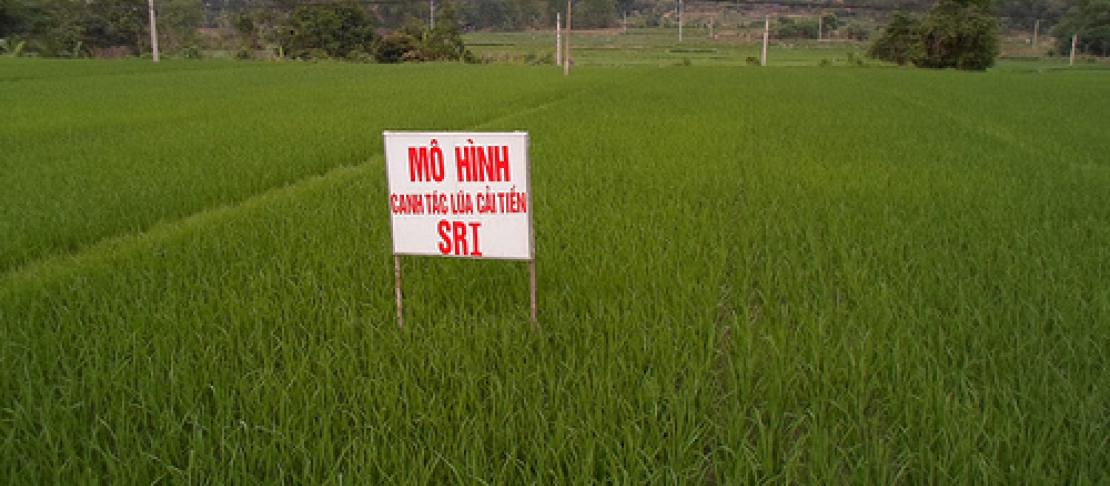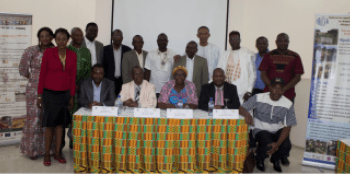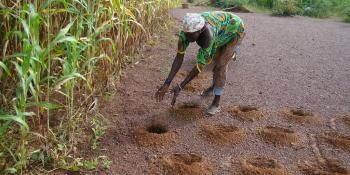Growing more rice with less water in a changing climate

by Maxwell Mkondiwa, reporting from the 6th Community Based Adaptation Conference in Vietnam
It is now recognized worldwide that agricultural and farming systems need to be improved beyond their capacities if the human race is to avert the catastrophe that may result as population growth exceeds food production. Catastrophe seem likely when you consider the billions of people who will be food insecure in 20 years time if we take the business-as-usual scenario in farming systems.
Scholars and practitioners have quickly come in to suggest various high input technological investments in the agricultural systems that shall allow us to produce enough food. These include increase in fertilization, use of improved seeds, use of GMOs, use of herbicides and mechanisation of developing country agriculture. While these pathways promise enough food production, questions of ecological sustainability have been asked. Agricultural intensification has been proposed by some scholars as the only route for energizing developing country’s production systems to deal with the global challenges. Some methods for agricultural intensification appear to be taking root in Vietnam.One system we learned about in the field trip prior to the 6th Community Based Adaptation Conference (CBA6) is the System of Rice Intensification (SRI). It sounds like it might entail a shift toward high-input agriculture, but the opposite is actually true. SRI is a cultivation technique that optimizes the growth of rice having five principles; early rice seedlings transplanting, one unit of rice seedlings, irrigation through scheduled drainage of the fields 3 to 4 times a season, hand weeding and ploughing of the field and organic fertilization and reduction in the use of inorganic fertilizer. SRI has now become an innovative rice farming system across 40 countries in Asia, Africa and Latin. Theoretically, it is a best practice in drought prone areas as it requires less amount of water. The experiential narratives of the Vietnamese Farmers in the Bac Kan Province on the increment in yield by 15-30% is a clear indication of how cost efficient the system is.
In essence, SRI is less intensification but just an ingenious use of the available farming resources for adaptation to shorter seasons and thus a good practice for community based adaptation strategy. It is encouraging though that the literal translation of the system in Vietnamese Language is actually the opposite of intensification. The big question is: what is the System of Maize Intensification (SMI) for some developing countries in Africa, and how can it help local communities adapt to a changing climate?
Maxwell Mkondiwa is a Research Fellow (intern) at the Center for Agricultural Research and Development (CARD) at the University of Malawi and a CCAFS Delegate at the CBA6. Read more stories from the Community Based Adaptation conference and follow us on Twitter @cgiarclimate and the CCAFS Facebook page for more updates


